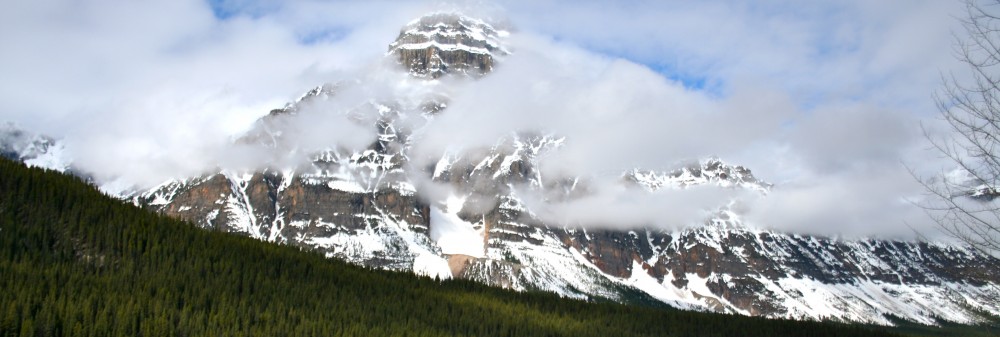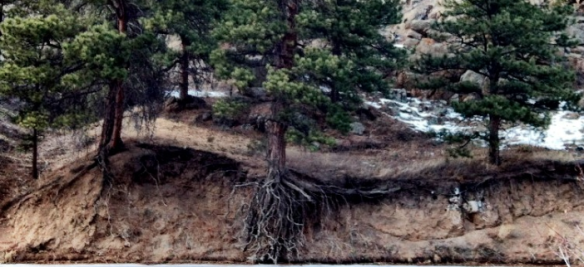By Kelly S Ramirez
This past winter went by in a hurry. Workshops, data analysis and proposals, combined with a few weekend trips resulted in surprise and slight panic when I realized on Monday that it was already April 1st. We all tend to get caught up in work and our daily lives, and I sometimes question if I make enough time to appreciate the science I work on.
Currently, I am working on a project surveying the biodiversity in the soil in Central Park NYC. We are examining all the life- bacteria, archaea and eukaryotes -in the soils of Central Park, and this is one project where I really do appreciate the underlying science. Continue reading



You must be logged in to post a comment.